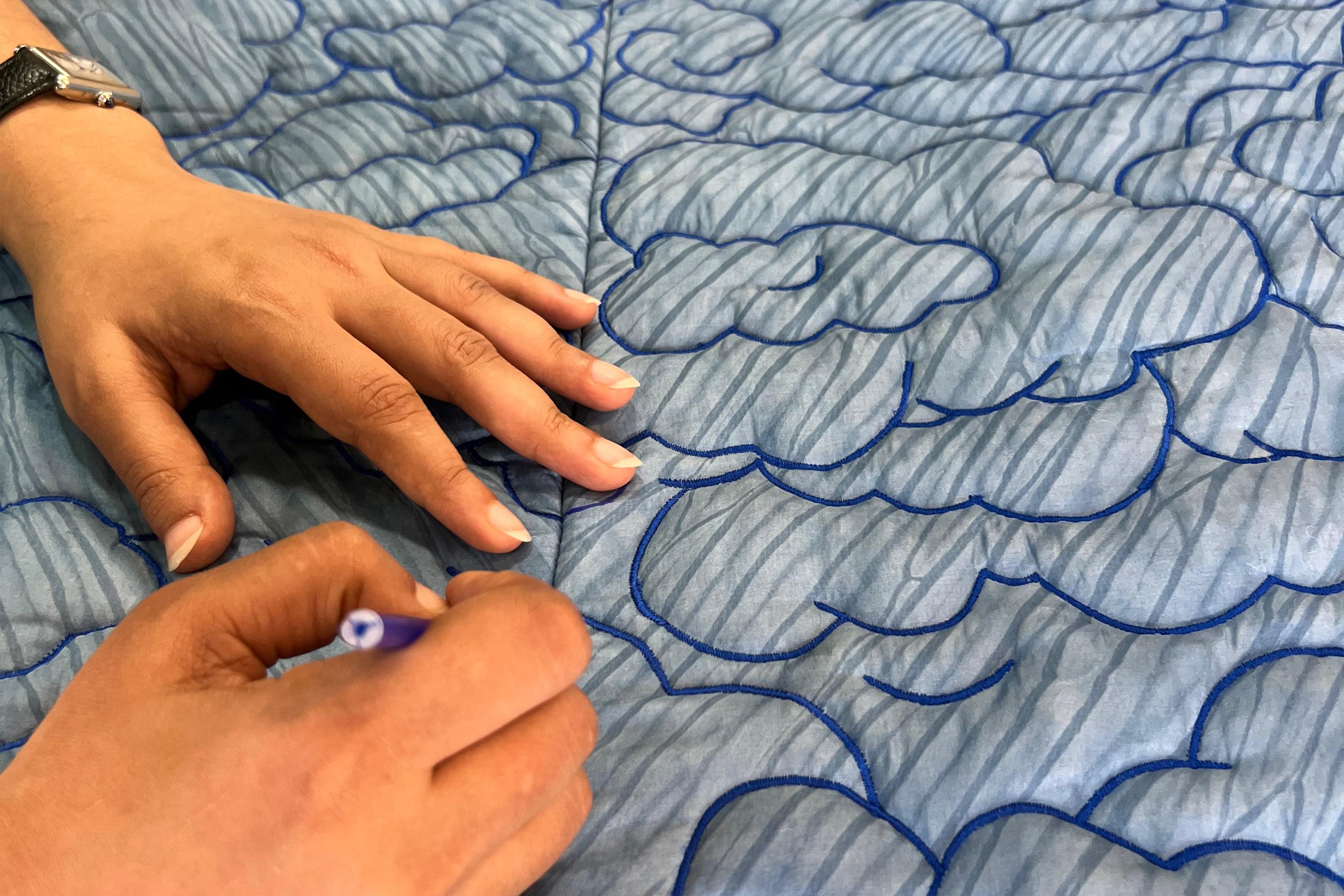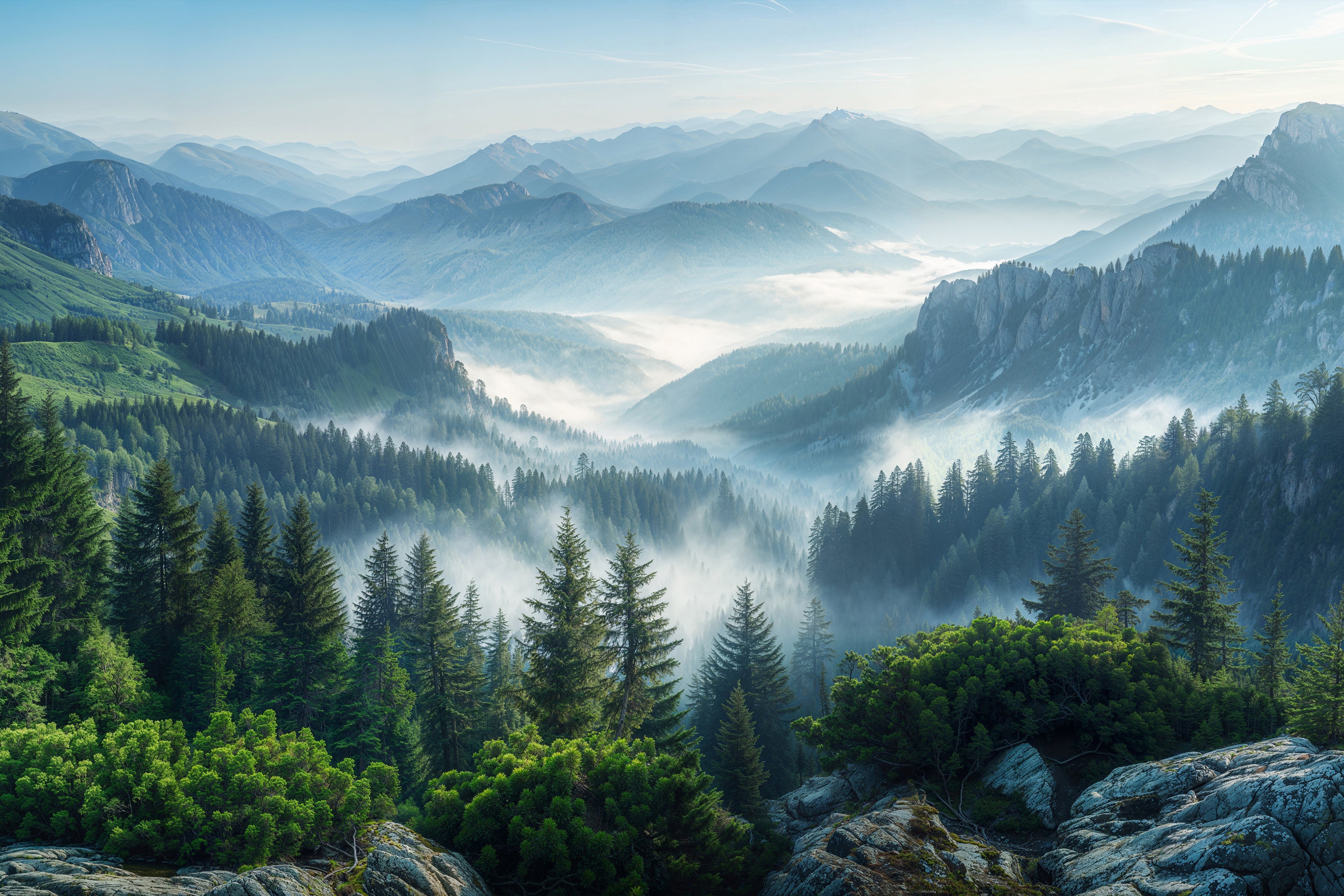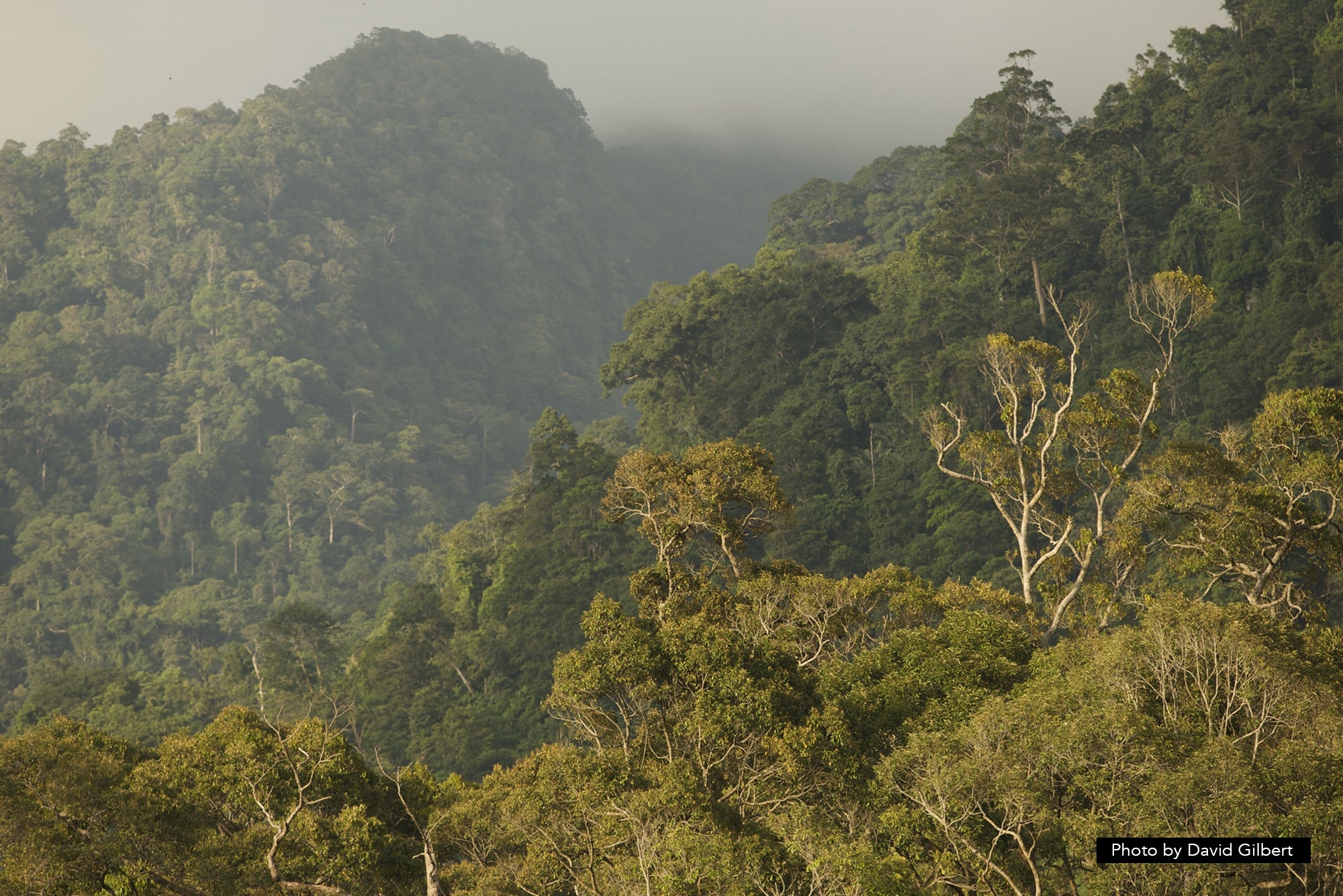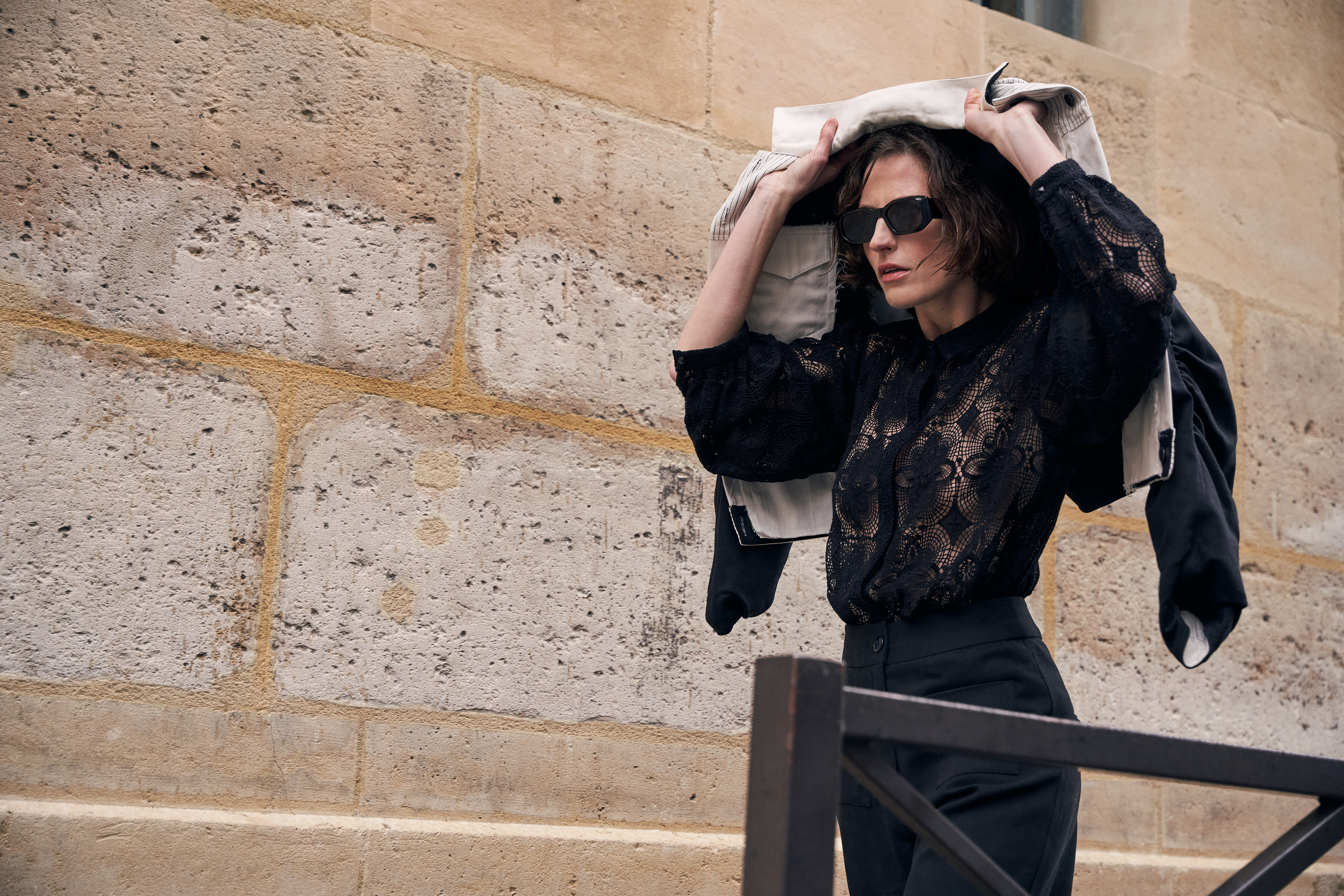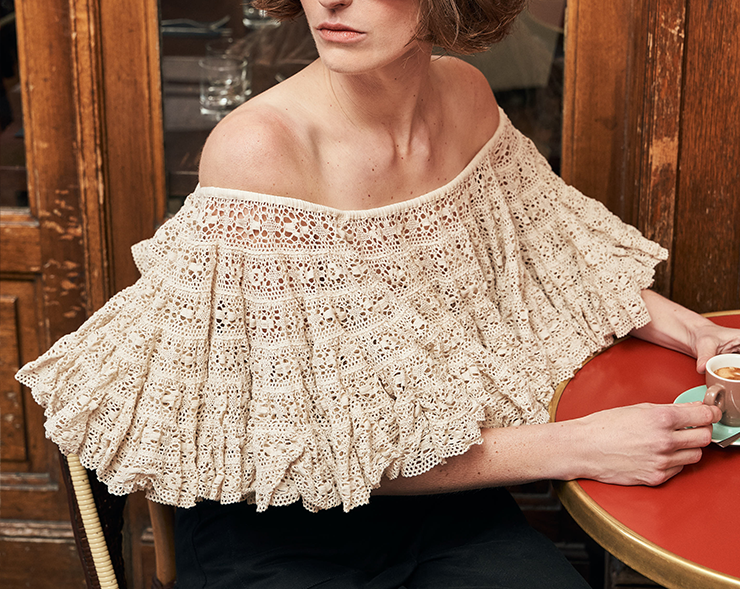 Alfred Sisley, Temps de neige à Veneux-Nadon, vers 1880. Collection Musée d'Orsay. Legs comte Isaac de Camondo, 1911© photo : GrandPalaisRmn (Musée d'Orsay) / Jean-Gilles Berizzi
Alfred Sisley, Temps de neige à Veneux-Nadon, vers 1880. Collection Musée d'Orsay. Legs comte Isaac de Camondo, 1911© photo : GrandPalaisRmn (Musée d'Orsay) / Jean-Gilles Berizzi
Who would have guessed that a museum dedicated to 19th Century art could tell us a lot about climate change ? A whole lot, actually if you are the Musée d’Orsay, in Paris. The museum covers the period between 1848 and 1914, precisely the time when the Western world was going through a complete transformation brought about by the industrial revolution. “Many artists in the Orsay collections are connected by their desire to describe the state of the world. Their works are a window into this era,” explains Servane Dargnies de Vitry, head curator of the Paintings department at Orsay. “But you can still see the harmony between humans and their environment.”
Because of industrialization, the landscape was starting to change all across the Western world. Paintings started to show smokestacks, iron bridges, locomotives spewing black smoke - the first recordings of a world changing. Natural energies - wind, water, animal tractions - were being replaced by fossil energy. The museum’s collections also describe the exploitation of natural resources to feed the cities’ ever expanding population. “If artworks are regularly the target of climate activists throwing soup at them, it’s because they represent what we value and protect collectively as society,” analyzes Servane Dargnies de Vitry. “So, if the idea that an artwork could disappear or be damaged is hurtful, why are we not showing the same concerns or feelings towards the climate crisis?”
 Henri Rousseau, La Charmeuse de serpents, 1907. Huile sur toile. Collection Musée d'Orsay. Legs Jacques Doucet, 1936© photo : Musée d'Orsay, dist. GransPalaisRmn / Patrice Schmidt
Henri Rousseau, La Charmeuse de serpents, 1907. Huile sur toile. Collection Musée d'Orsay. Legs Jacques Doucet, 1936© photo : Musée d'Orsay, dist. GransPalaisRmn / Patrice Schmidt
The art in Orsay’s vast collections show the fragility of our ecosystems which inspired 19th and early 20th Century artists. “Landscapes preserved in painting and photography - an orchard in Normandy, the “Mer de Glace” glacier in Chamonix - are threatened with extinction, like Gustave Marchegay’s beautiful trout sculpture, or François Pompon’s white bear.
Orsay, conscious that art institutions also have a responsibility in the campaign to awaken our awareness, has just launched a new project “100 oeuvres qui racontent le climat” - “100 artworks telling the story about the climate.” The museum has selected 100 works from different departments - painting, sculpture, drawing, photography, decorative arts, etc. - telling a story about the climate, and it has invited museums across France to choose 1 or more works to show.
 Claude Monet, La Gare Saint-Lazare, 1877. Huile sur toile. Collection Musée d'Orsay. Legs Gustave Caillebotte, 1896© photo : GrandPalaisRmn (Musée d'Orsay) / Benoît Touchard
Claude Monet, La Gare Saint-Lazare, 1877. Huile sur toile. Collection Musée d'Orsay. Legs Gustave Caillebotte, 1896© photo : GrandPalaisRmn (Musée d'Orsay) / Benoît Touchard
“This project is based on a very strong conviction,” explains Sylvain Amic, the head of Orsay and the Musée de l’Orangerie: “Museums are an essential player to introduce the public to the great questions of today.” 100 Oeuvres wants to jumpstart a dialogue between art and science to highlight the urgent questions about ecology, and to facilitate the conversation all across the country, not only in the French capital. 39 museums in 12 French regions are partnering with Orsay through next July to show these artworks and encourage a dialogue with their public through talks, workshops, specially curated exhibitions, etc.
 Gustave Caillebotte, Les Soleils, jardin du Petit Gennevilliers, vers 1885 Huile sur toile. Collection Musée d'Orsay. Dation, 2022© photo : Musée d'Orsay
Gustave Caillebotte, Les Soleils, jardin du Petit Gennevilliers, vers 1885 Huile sur toile. Collection Musée d'Orsay. Dation, 2022© photo : Musée d'Orsay
With this exhibition, Orsay has tried to limit its carbon imprint to the maximum, explains the institution’s director: biosourced materials which can be reutilized for the wrapping and shipping of the works, using bio fuels when it is possible, etc. “Each museum is on board so that the transport of these works is coherent with the idea of the exhibition.” Adds Silvane Dargnies-de-Vitry, head curator of the Paintings department at Orsay, “The natural heritage and the cultural heritage are intrinsically bound together. Would we be able to fulfill our mission of preserving artworks in a hostile climate ? It is far from certain. Climate change is already amplifying the fragility of the artworks. The brutal variations in temperature or humidity threaten the deterioration of fragile materials; storms, floodings, megafires threaten buildings and their collections. The question for museums is not to choose between the artworks and our future, but rather to contribute to the building of a viable future allowing the transmission of the artworks to future generations. It is the essence of our mission.
~Jean-Sébastien Stehli
 Paul Signac, Route de Gennevilliers, 1883. Huile sur toile. Collection Musée d'Orsay. Achat en vente publique, 1968© photo : GrandPalaisRmn (Musée d'Orsay) / Hervé Lewandowski
Paul Signac, Route de Gennevilliers, 1883. Huile sur toile. Collection Musée d'Orsay. Achat en vente publique, 1968© photo : GrandPalaisRmn (Musée d'Orsay) / Hervé Lewandowski

